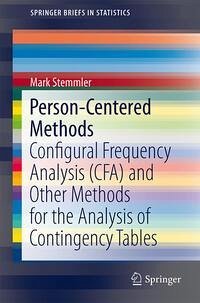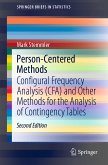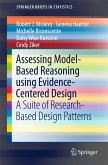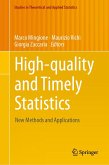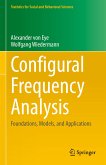This book takes an easy-to-understand look at the statistical approach called the person-centered method. Instead of analyzing means, variances and covariances of scale scores as in the common variable-centered approach, the person-centered approach analyzes persons or objects grouped according to their characteristic patterns or configurations in contingency tables. The main focus of the book will be on Configural Frequency Analysis (CFA; Lienert and Krauth, 1975) which is a statistical method that looks for over and under-frequented cells or patterns. Over frequented means that the observations in this cell or configuration are observed more often than expected, under-frequented means that this cell or configuration is observed less often than expected. In CFA a pattern or configuration that contains more observed cases than expected is called a type; similarly, a pattern or configuration that is less observed than expected are called an antitype. CFA is similar to log-linear modeling. In log-linear modeling the goal is to come up with a fitting model including all important variables. Instead of fitting a model, CFA looks at the significant residuals of a log-linear model.
The book describes the use of an R-package called confreq (derived from Configural Frequency Analysis). The use of the software package is described and demonstrated with data examples.
Dieser Download kann aus rechtlichen Gründen nur mit Rechnungsadresse in A, B, BG, CY, CZ, D, DK, EW, E, FIN, F, GR, HR, H, IRL, I, LT, L, LR, M, NL, PL, P, R, S, SLO, SK ausgeliefert werden.

